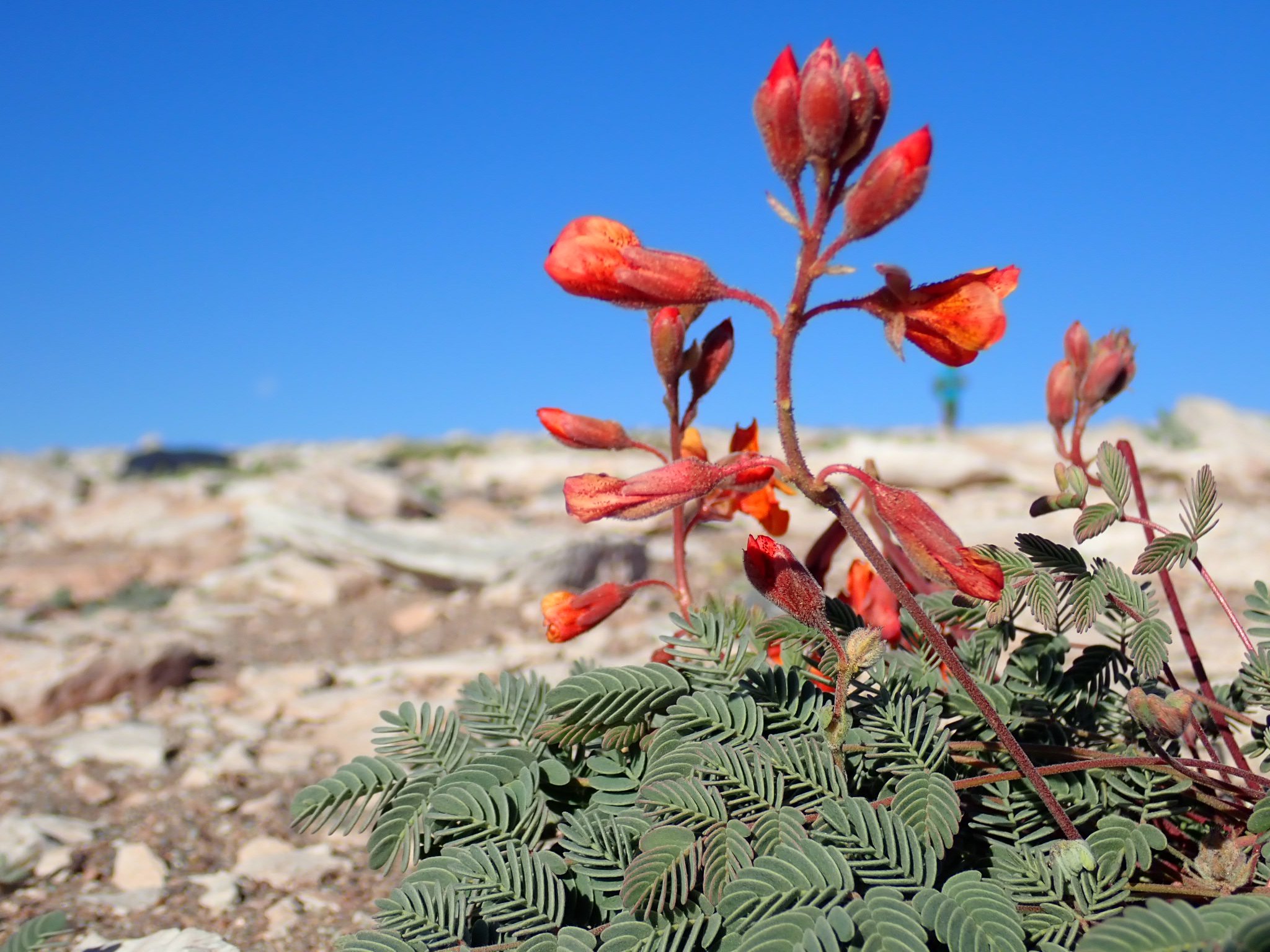Life in the Dark: the Atacama Desert

















For as long as humans have existed, we have looked upward in amazement at the beauty of the stars. Records of astronomical observations date back thousands of years, and have fueled the beginnings of scientific discoveries. As we’ve advanced, we have created massive cities and technologies that have enabled us to see – and go – further than we could ever have imagined. However, as we grew, so did light pollution, cloaking the ceiling of wonder that has inspired us for so long. Its influence is so widespread that over 80% of the world’s population, and 99% of Americans, are affected by light pollution. In this era, many of us grow up never witnessing the true extent of the magic that’s above our heads every night.
Not only is light pollution detrimental to stargazing, but studies have found that it disturbs the health of many animals, including turtles, birds, and even humans. According to Phys.org, “Excessive and poorly directed lights can create deep shadows that are unsafe for pedestrians, cause hatchling sea turtles to lose sight of the ocean, and confuse migrating birds causing them to fly into buildings.”
Light pollution is a direct effect of the sheer amount of electric lighting we now have, but also the inefficiency of those lights. Many streetlights lack hoods, which focus all of the light onto the street. Without these hoods, light is dispersed into the sky, wasting energy and creating light pollution. Another cause of light pollution is dense city centers such as Times Square, a location famous for its bright and colorful lights.
However, there are a few places today that are still free from light pollution. Chile is home to one of the most alien, remote, and uninhabited locations on the planet. The Atacama Desert is located in northern Chile, far from the reaches of any light produced by cities. It has some of the clearest skies in the world, year round, not only because of its remoteness but also because of its lack of humidity – which limits the amount of water vapor in the air. The desert contains landscapes that mirror those found on mars and the moon along with some of the world’s largest telescopes. These include ALMA (Atacama Large Millimeter Array), The VLT (Very Large Telescope Array), the GMT (Giant Magellan Telescope), and construction on the ELT (Extremely Large Telescope) is planned to be complete by 2025. Both the VLT and ELT are projects produced by the European Southern Observatory (ESO). These telescopes are on the breaking edge of scientific equipment and have and will continue to provide scientists around the world with thousands of pieces of scientific data.
It is easy to assume that with the extreme conditions in the desert, there is no life able to withstand it. However, the desert is actually home to many species of animals, as well as indigenous flora and fauna. Among these are Chilean flamingos who live on the salt flats, viscachas (a relative of chinchillas), vicuñas (a relative of llamas), and many species of birds, lizards, and insects. In addition, some of the world's hardiest lichens, fungi, and algae are all located within this desert, as well as flora like Ananuca or Pata de Guanaco. Due to the hot sun, these seeds go underground for years and bloom every five years or so once they have enough water to do so, carpeting the desert in flowers in an incredible display of color.
In many ways, the Atacama Desert is a reflection of the sky above it – vast, inhospitable, and seemingly empty, but on closer inspection, full of life and wonder. It’s important that we work to preserve these locations, which offer us the precious opportunity to glance upwards, outwards, back in time, towards our future, but most importantly, at what it means to be human. What it means to be alive.